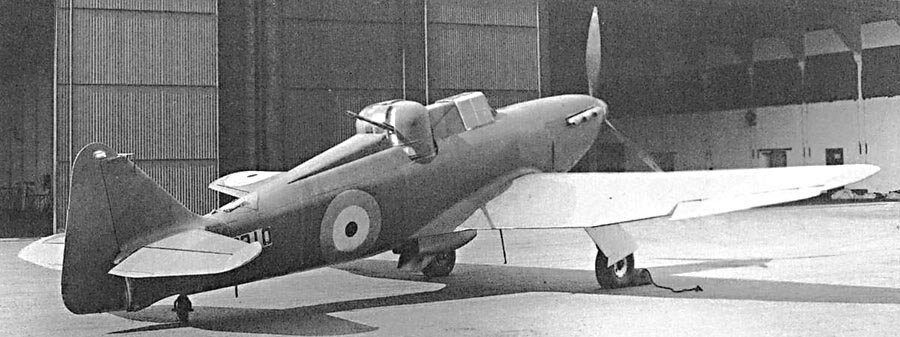The understanding I have is the weight of rounds in a given concentration (Space) over a given time. The calculation done by the daughter of one of the team deciding on what weapon and how many per aircraft. When the Hurricane and Spitfire were in development the requirement was four .303 per aircraft. Would this have meant failing the BoB? We are essentially discussing the habit of specifying equipment on the last conflict on the grounds that it was good enough then (Probably).
Today marks 80 years since the start of the Battle of Britain in July 1940, the RAF is publicly acknowledging the contribution made by Hazel Hill

www.carmel.ac.uk
My point was simply that the effectiveness of a round and the likelihood of a hit were a trade-off. A metric like "weight of rounds in a given concentration (Space) over a given time" or "'weight per pound' of rounds fired in a minute" obscures this fact. There is no such thing as a "given concentration" or a "given time" outside of theory, but there are "given aircraft" available at given times whose characteristics limit the kinds of optimization that you can make--in our example, the Spitfire. Without the empirical evidence that only became available in hindsight, later in the war, the RAF's intial choice of a large number of Brownings over cannon seems perfectly sound.
When the choice between small caliber machine guns and 20-mm cannon became a practical possibility for the Spitfire, a belt-fed Hispano was not available. In fact, I believe that the Oerlikon was being considered. Either way, Hispano or Oerlikon, the gun was fed by a 60-round drum, heavy, and only one gun would fit in each wing. The cannon fired a relatively small number of projectiles at a relatively low rate of fire. While each individual projectile had a high probability of inflicting fatal damage, it also had a relatively low probability of hitting its target. So, in practice, in 1939-40, cannon had to be more accurate than machine guns. So:
* Cannon had to be more precisely manufactured in ordered to insure tighter shot groupings
* Cannon ammunition also had to more carefully manufactured and quality checked to insure consistent performance.
* Cannon had to be precisely harmonized and sighted in, which is harder with wing-mounted ordinance (hence the French preference for the moteur-canon).
* The average pilot had to be trained to shoot cannon more accurately despite greater and/or locally more concentrated recoil forces on the aircraft
* The premium on accuracy required shooting from relatively close range, negating any theoretical range advantage that heavier shells might otherwise provide.
By comparison, whatever its deficits, the 0.303-in Browning had many compensating virtues. It was belt-fed. It had a high rate of fire. This and the gun's smaller size, caliber, and weight meant that four of them could be fitted in and dispersed along each wing, complete with a fairly large quantity of ammunition. This installation fired a much larger number of projectiles, each with a low probability of effecting fatal damage from a single hit but also with a much higher probability of getting hits. So:
* Consistent gun and ammunition quality were not critical, because some dispersion actually increased the liklihood of hits by compensating for pilot or armorer errors.
* Harmonization and sighting in need not be as precise for the same reasons.
* A larger number of guns, dispersed across the wing span, and higher rates of fire for each likewise increased the likelihood of hits.
* Given the greater probability of hits and the consequent reduced demand for accurate shooting, pilot training need not be as strict or as comprehensive.
Effectively, in the late '30s, RAF planners faced a choice of solutions analogous to the choice between a rifle and a shotgun. They knew from WW1 experience that the first weeks and months of the next war would consume nearly all of the interwar RAF's small number of highly trained pilots, necessitating the rapid training of large numbers of replacements in minimum time. So they chose the shotgun.
Note doubt contemporary faith in the greater accuracy of aiming a turret independently of the aircraft was enough to justify a four-Browning armament in the Defiant but not enough to justify adoption of a single Hispano.



